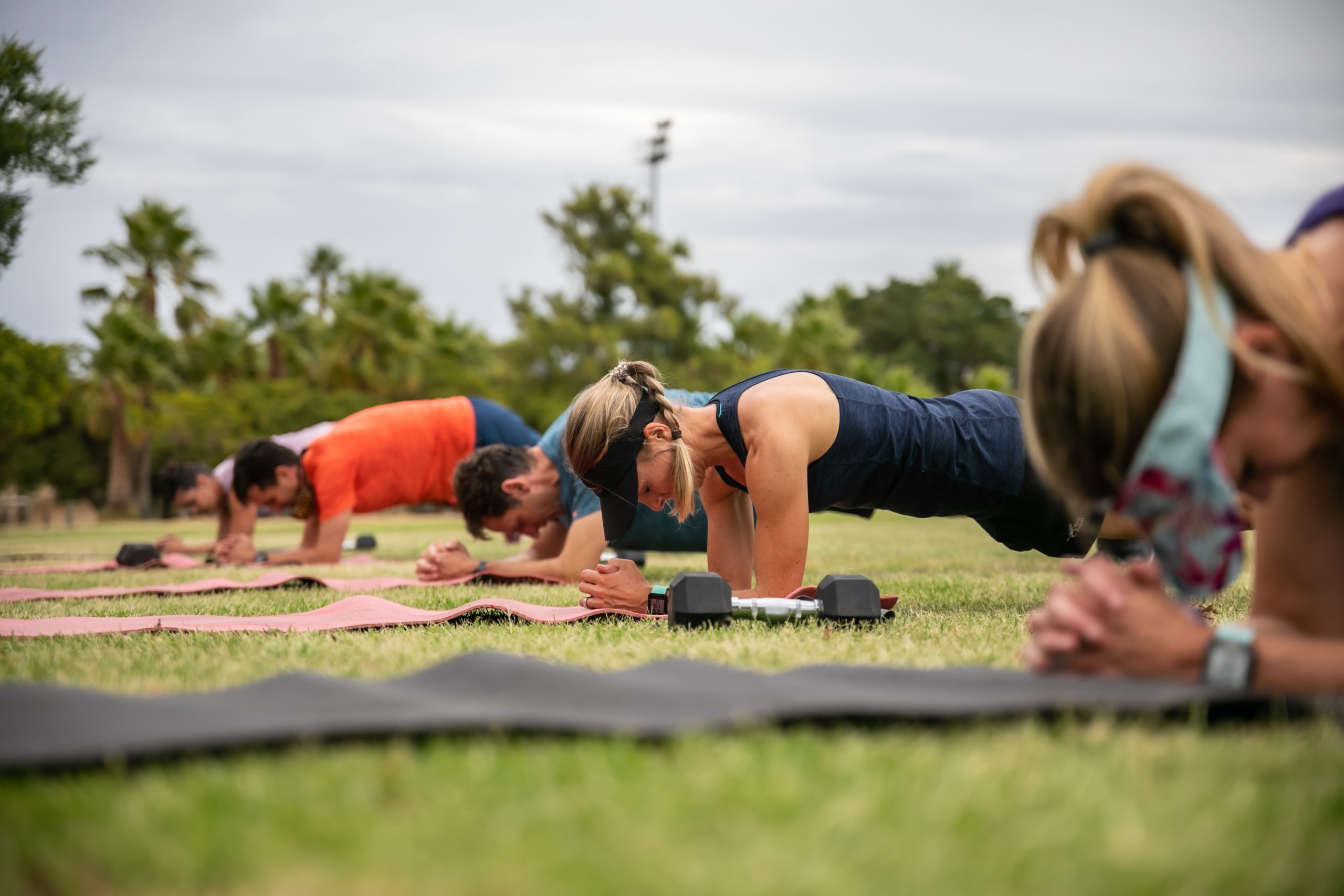Physical activity, sedentary lifestyles and exercise. What’s the craic?
Sedentary lifestyles are one of the leading causes of death and disability. The Word Health Organisation estimates around 2 million people die each year after developing non-communicable diseases caused by sedentary lifestyles. Furthermore, 3.2 million people die due to the lack of physical activity, meaning this group was moving, just not enough! Statistically speaking, sedentary lifestyles are as damaging to your health as smoking and more dangerous than most extreme sports. Who would have thought sitting in a chair would be so lethal? The good news is, we can massively (approximately 30%) reduce the likelihood of developing non-communicable disease by increasing our levels of physical activity and exercise.
To help combat the sedentary lifestyle monster, institutions around the world have put forward guidelines and recommendations to help people achieve an optimum level of physical activity. These figures vary slightly from country to country and between age groups. However, most suggest 18- to 65-year-olds should achieved 150 minutes of moderate physical activity or 75 minutes of vigorous physical activity per week. ‘Moderate’ is usually defined as brisk walking, dancing, hiking or some forms of gardening. Examples of vigorous activity include circuit training, running, rowing, swimming, skipping or inclined speed walking. Ok, some of you are probably thinking “a brisk walk is hard work”! It’s important to note, these are only guidelines. There will be a significant variation between some individuals when attempting to achieve levels of moderate/vigorous physical activity

Most PA guidelines suggest a moderate 150 mins should be broken down to approximately 4 to 5 sessions of 30 or 40 mins, and a vigorous 75 minutes can be broken down to approximately 4 to 5 sessions of 20 or 25 minutes. Counting steps, taking the stairs and charging around your regular dog walk are all good strategies to increase your physical activity. However, scientific research has shown HUGE benefits when we include strength, balance and flexibility exercises. The most effective way to achieve this is by setting aside time for structured exercise.
So that’s it..easy, right? Well, it’s not so straight forward. Urban environments, poverty, cultural dynamics, career choice, modern technology and the cyberworld are just some examples that foster physical inactivity/sedentary behaviours. Health and Wellbeing programs, both Government and private sector, need to focus on providing realistic, no-nonsense solutions to these issues. Eduction, behaviour change and media based encouragement are just some areas in need of a turbo charge.
Arguably, the biggest obstacle to health, fitness and wellbeing is our own mind! After years of personal training and other life experiences, I came to the realisation that regardless of how many fitness qualifications or Career and Personal Development courses I continued to ‘rack-up’ on my CV, they mean nothing if don’t understand psychology. I will look forward to introducing the topic of exercise psychology in my next blog.
Matt Adey, MSc.





